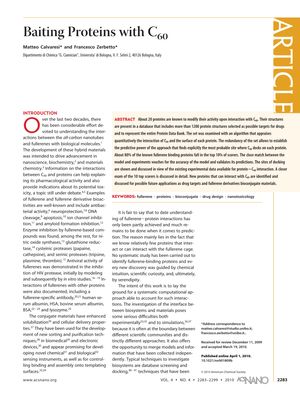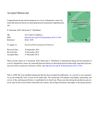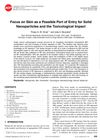Baiting Proteins with C60
April 2010
in “
ACS Nano
”

TLDR C60 fullerenes can alter protein function and may help develop new disease inhibitors.
The document from April 1, 2010, presents a study on the interactions between C60 fullerenes and proteins, which is significant for understanding the pharmacological and potential toxic effects of fullerenes. The study utilized an algorithm to analyze the interaction of C60 with approximately 1,200 protein structures, predicting fullerene-binding proteins with about 80% of known fullerene-binding proteins ranking in the top 10% of the model's scores. The study identified new proteins that could interact with C60, including those affecting ion channels, steroid hormone receptors, and enzymes like acetylcholinesterase, nitric oxide synthase, and cytochrome P450. It was found that C60 can significantly alter protein signaling and inhibit activity, often through allosteric changes. The study also noted that C60 does not bind in the ATP binding pocket of certain enzymes but can still hinder their function. The interactions are primarily through hydrophobic and aromatic residues, suggesting the potential for developing new pharmacological inhibitors. The reverse docking procedures were successful, and the document proposes that C60 and its derivatives could be used to develop new inhibitors for diseases such as cancer, viral infections, and autoimmune diseases. The study's findings support the accuracy of the model and encourage further examination of the top-scoring proteins for future applications of C60 in various fields, including drug development and biosensors.



